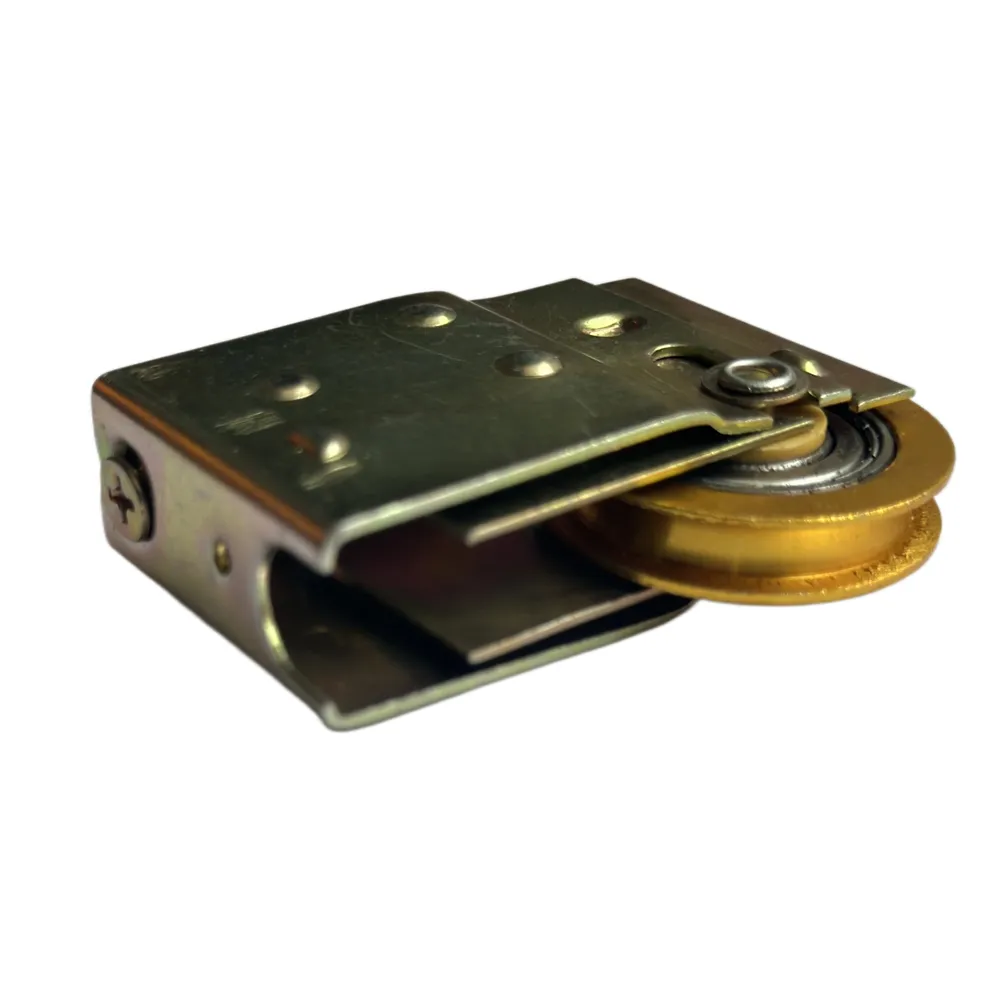ironwork
The Art of Ironwork Craftsmanship Through the Ages
Ironwork, a timeless craft that marries artistry with functionality, has played a pivotal role in architecture and design for centuries. From the grandiose gates of cathedrals to the delicate railings of modern residences, the intricate designs of ironwork captivate the eye and evoke a sense of history and tradition. This article delves into the art of ironwork, exploring its origins, techniques, and its evolution into contemporary designs.
Historical Background
The history of ironwork can be traced back to ancient civilizations where iron was first discovered and utilized. The ability to forge iron into usable tools and structures marked a turning point in human development. The ancient Egyptians and Greeks employed ironwork for various applications, including weapons and decorative items. However, it was during the Middle Ages in Europe that ironwork began to flourish. Blacksmiths became artisans, transforming raw iron into beautiful works of art. This period saw the emergence of intricate wrought iron gates, window grills, and furniture embellished with ornate scrollwork and floral designs.
Techniques and Tools
The traditional techniques of ironwork are rooted in the skills of blacksmithing. Using a forge, a blacksmith heats a piece of iron until it becomes malleable and then shapes it through hammering. This process not only allows for the creation of functional items but also enables artisans to express their creativity. Tools such as tongs, chisels, and hammers are essential, each serving a specific purpose in the crafting process.
Wrought iron, known for its ductility and toughness, is favored in many ironwork applications. On the other hand, cast iron, which is melted and poured into molds, offers a different set of characteristics suitable for mass production. Both types of iron have unique properties that lend themselves to a variety of designs, from simple to highly decorative.
Aesthetics and Functionality
ironwork

One of the hallmarks of ironwork is its ability to blend aesthetics and functionality. This duality is evident in railings and handrails that provide safety while also enhancing the overall look of a building. Architectural elements like balconies, gates, and fencing often feature intricate patterns and motifs that elevate their visual appeal. The aesthetic possibilities are endless, allowing for a fusion of styles ranging from Gothic and Baroque to modern minimalism.
In contemporary design, there is a growing trend towards combining traditional ironwork with other materials, such as glass and wood. This hybridization results in unique pieces that resonate with modern sensibilities while paying homage to the craft’s rich history.
The Revival of Ironwork
In recent years, there has been a significant revival of interest in ironwork. As society gravitates towards sustainable and locally sourced materials, artisans are once again embracing traditional methods of crafting. The demand for bespoke ironwork has surged, with homeowners and architects alike seeking personalized pieces that reflect their individual styles and values. This resurgence is not merely about aesthetics; it also embodies a deeper appreciation for craftsmanship and the stories behind each piece.
Workshops and schools dedicated to teaching the art of blacksmithing have emerged, ensuring that the skills and techniques of ironwork are passed down to future generations. This revival also aligns with a broader trend of artisanal craftsmanship as people seek authenticity in an increasingly mass-produced world.
Conclusion
The art of ironwork transcends mere utility; it is a celebration of creativity, history, and craftsmanship. From its ancient roots to its modern interpretations, ironwork continues to captivate and inspire. As artisans refine their skills and push the boundaries of design, ironwork will undoubtedly remain a vital thread in the fabric of architectural and artistic expression. Whether through a grand iron gate or a delicate piece of furniture, the intricate beauty and strength of ironwork will endure, inviting all to appreciate the remarkable stories woven into each piece.
-
Wrought Iron Components: Timeless Elegance and Structural StrengthNewsJul.28,2025
-
Window Hardware Essentials: Rollers, Handles, and Locking SolutionsNewsJul.28,2025
-
Small Agricultural Processing Machines: Corn Threshers, Cassava Chippers, Grain Peelers & Chaff CuttersNewsJul.28,2025
-
Sliding Rollers: Smooth, Silent, and Built to LastNewsJul.28,2025
-
Cast Iron Stoves: Timeless Heating with Modern EfficiencyNewsJul.28,2025
-
Cast Iron Pipe and Fitting: Durable, Fire-Resistant Solutions for Plumbing and DrainageNewsJul.28,2025
-
 Wrought Iron Components: Timeless Elegance and Structural StrengthJul-28-2025Wrought Iron Components: Timeless Elegance and Structural Strength
Wrought Iron Components: Timeless Elegance and Structural StrengthJul-28-2025Wrought Iron Components: Timeless Elegance and Structural Strength -
 Window Hardware Essentials: Rollers, Handles, and Locking SolutionsJul-28-2025Window Hardware Essentials: Rollers, Handles, and Locking Solutions
Window Hardware Essentials: Rollers, Handles, and Locking SolutionsJul-28-2025Window Hardware Essentials: Rollers, Handles, and Locking Solutions -
 Small Agricultural Processing Machines: Corn Threshers, Cassava Chippers, Grain Peelers & Chaff CuttersJul-28-2025Small Agricultural Processing Machines: Corn Threshers, Cassava Chippers, Grain Peelers & Chaff Cutters
Small Agricultural Processing Machines: Corn Threshers, Cassava Chippers, Grain Peelers & Chaff CuttersJul-28-2025Small Agricultural Processing Machines: Corn Threshers, Cassava Chippers, Grain Peelers & Chaff Cutters












